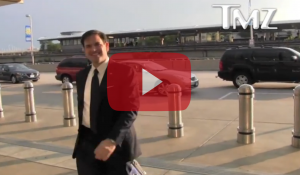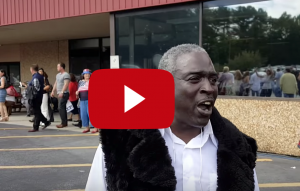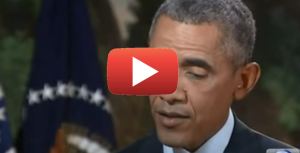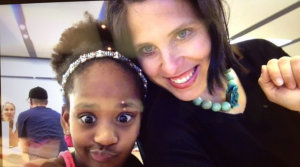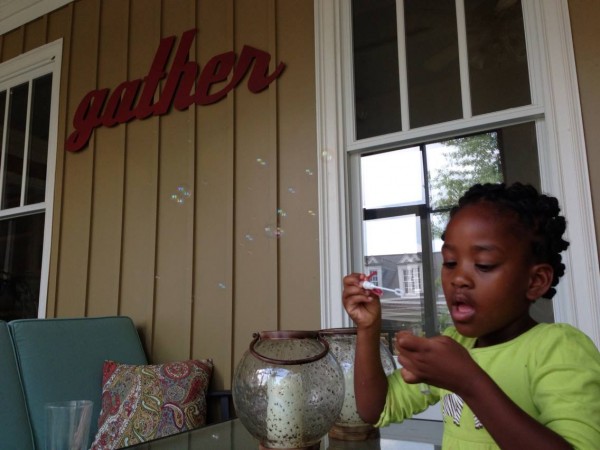
Did you hear about the new collection of essays written by Ta-Nehisi Coates called Between the World and Me. It’s written in the form of letters to his teenage son. The book is a sensation in liberal circles but — sadly — it’s full of hate.
David responded to the book with his own letter to our seven-year-old African-American daughter:
Dearest Naomi,
So far, it’s the small moments that are hard to explain. Like this summer, when we walked past a young black man in Manhattan. He was frustrated. Cab drivers were zooming past him, refusing to stop. He stood in the street, hand raised, but no one would slow down. Finally, a white woman shook her head, walked into the street, and instantaneously hailed a cab. She held the door open for him, apologized, and said, “One day, things will change.”
This confused you. You asked why the cab wouldn’t stop, and we told you that some cab drivers won’t stop for black people. Your response touched my heart. “Why won’t they stop for black people? I’m black!” It wasn’t the words, it was the look on your face — incredulous that someone wouldn’t want you in their cab. After all, you live in a world of love and warmth and kindness. In your deep-South home, the kids yell out your name when you walk down the hall at school. Your tutors greet you with undisguised delight each time they see you. Your day at home begins and ends with love. You are a delight, and the vast majority of people can’t help but smile when they see you.
But not everyone. Not all the time. And these small moments — like the elderly woman who demanded to know what you were doing in the neighborhood pool, or the little boy who told you that his daddy won’t let him go to neighborhoods where black people live — are bringing me, inevitably, to tell you about the big things: about things like the Middle Passage, the overseer’s lash, the Klan (founded not too many miles from your own home), Jim Crow, redlining, and the progressive “science” of eugenics.
These are things that happened — painful things that you’ll find so difficult to believe, especially as you prepare for a future where anything is possible, where college and careers open before you, where your private education gave you advantages you won’t understand until much later, and where your intact, loving family brought you a sense of peace and stability that sadly too few kids understand. Your life is a place of possibility. The past looks like a place of pain. So that’s why we’ll ease you into an understanding of the truth. That’s why we’re not going to dump all of life on you all at once. As we tell you the truth, we will never forget to tell you the larger Truth — that man is fallen, prone to evil. Yet God is holy, prone to redeem. And you can never forget both realities. This is the Bad News and the Good News that represent the past, the present, and the eternal future.
The Bad News has always been countered by the Good News, even when the Good News was only a spark, a lone voice crying out. In the days of the overseers’ lash, there were still voices decrying bondage — crying out until the quest for justice ultimately culminated in America’s most terrible war. In the days of Jim Crow, the voices cried out until a movement swept this land — one that, instead of culminating in war, led people of deep faith to answer violence with peace and slowly but surely win the heart of a nation. It is critical for you to understand that these voices crying out for justice were black, but they were not only black — that hundreds of thousands of white men spilled their blood in the war that ended slavery and that white partnered with black to end Jim Crow. These are facts — facts every bit as important as the facts of white supremacy and white oppression.
Please enjoy the rest here.
Read more on the Patheos Faith and Family Channel, follow Nancy on Facebook, Twitter, and Instagram!


